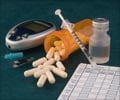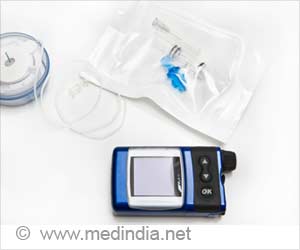A new study claims short but intense exercise regimens in the place of long workouts can help lower blood sugar level.

The study was undertaken by the researchers at University of Otago in New Zealand.
Researchers call this type of exercising as ‘exercise snacking’. According to them, a short burst of intense exercise can be more effective than a 30-minute daily moderate workout. This type of exercising regimen is especially beneficial in people suffering from type 2 diabetes. It is also helpful for reducing risk factors of having other chronic diseases.
“If people are pressed for time — and a lot of people say they don’t have enough time to exercise — our study shows that they can get away with a lower volume of exercise that includes short, intense bursts of activity,” said the study’s senior author, Martin Gibala.
Researchers warned people who cite time crunch as a reason for not exercising. They emphasized exercise is very essential to control blood sugar levels. They added glucose is required for functioning of muscles in our body, and therefore, any physical activity burns glucose and lowers blood sugar and helps in optimum utilization of insulin.
“If you can only do five to 10 minutes of exercise, that’s better than nothing, but you really start to see the effects of exercise if you can regularly exercise 20 to 30 minutes at least a few times a week,” the researchers said.
Advertisement
Source-Medindia















